#MisjaStadion: Moving to #35
source: StadiumDB.com; author: michał
 We've delivered a third of our growing list of Polish stadium updated. Keep in mind, the plan is to update or add 100 stadiums from Poland to celebrate our country's centenary of regained independence. Next stops: Kalisz, Zgierz, Pilzno and Lublin.
We've delivered a third of our growing list of Polish stadium updated. Keep in mind, the plan is to update or add 100 stadiums from Poland to celebrate our country's centenary of regained independence. Next stops: Kalisz, Zgierz, Pilzno and Lublin.
Advertisement
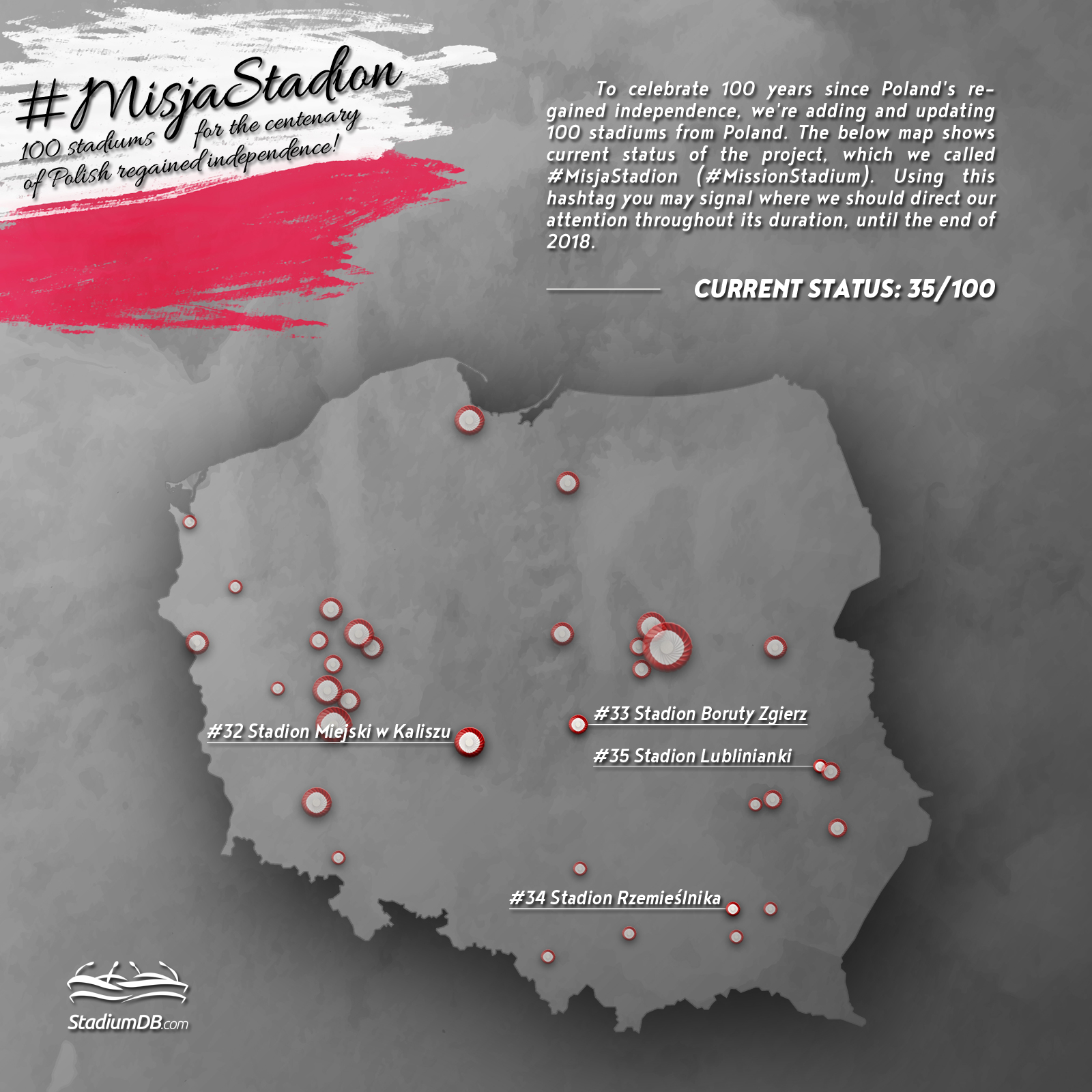
#32 | Stadion Miejski, Kalisz (8,166)
The old Calisia stadium was built back in 1950s and served the club since then until the dissolvement of its football section. It was the venue of numerous major football games, including the Polish Cup final in football of 1981. With age, however, its dilapidating infrastructure proved insufficient for Calisia and complete redevelopment proved impossible to avoid.
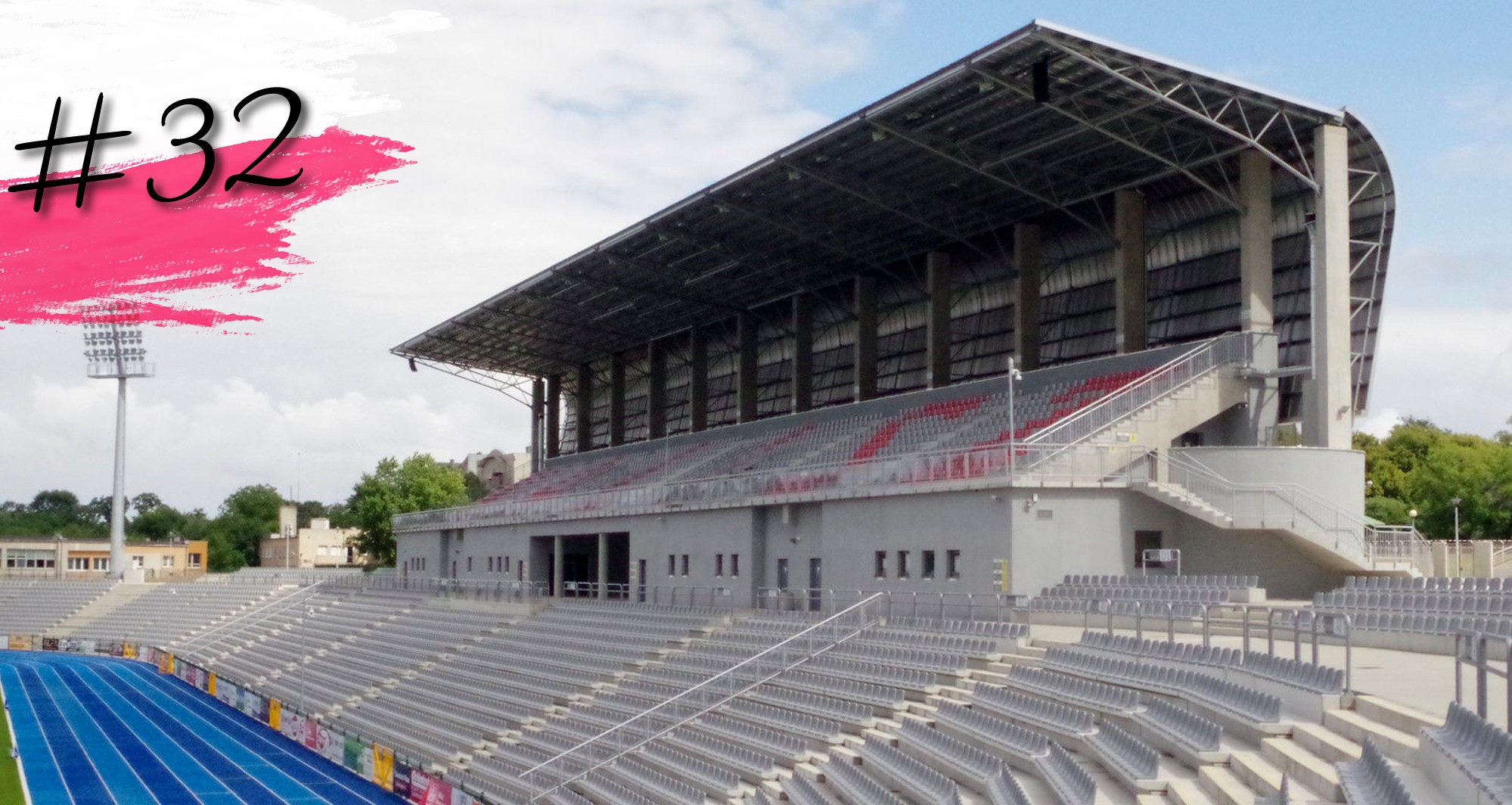
First phase began in December of 2011 and included demolition of the old main stand and erection of its successor, as well as new administrative building incorporated into it. With just 1,523 people it was a relatively small stand, however offered significant floor space of 1,300 square meters. In 2012 it was followed by first ever floodlight masts.
Further works were initially planned for 2013 but funding proved insufficient and forced delay in planning. Eventually reconstruction of the second side was launched in 2016. The outcome is an uncovered stand of 4,807 seats and a smaller upper tier on top, with 1,436 covered seats. Also, a brand new running track and anciliary athletics infrastructure was created. Interestingly, the project prompted a replacement of the 4-year-old floodlighting.
The resulting stadium is modern, however architecturally mismatched, created from two different concepts for each side. The administrative building in the west, while eastern upper stand offers additional facilities, mainly of technical and sanitary use. The north curve also hosts a 400-capacity away section.
Infrasturcturally the venue is able to host domestic athletics events of up to regional level, somewhat below expectations. In football terms it serves as home to KKS Kalisz both for games and training sessions.
#33 | Stadion Boruty, Zgierz (2,000)
The Boruta stadium is located in the south of Zgierz, not far away from the railway station. It's part of the municipal sport complex, which also includes an indoor arena, gymnasium, full-sized training field and a fitness park.
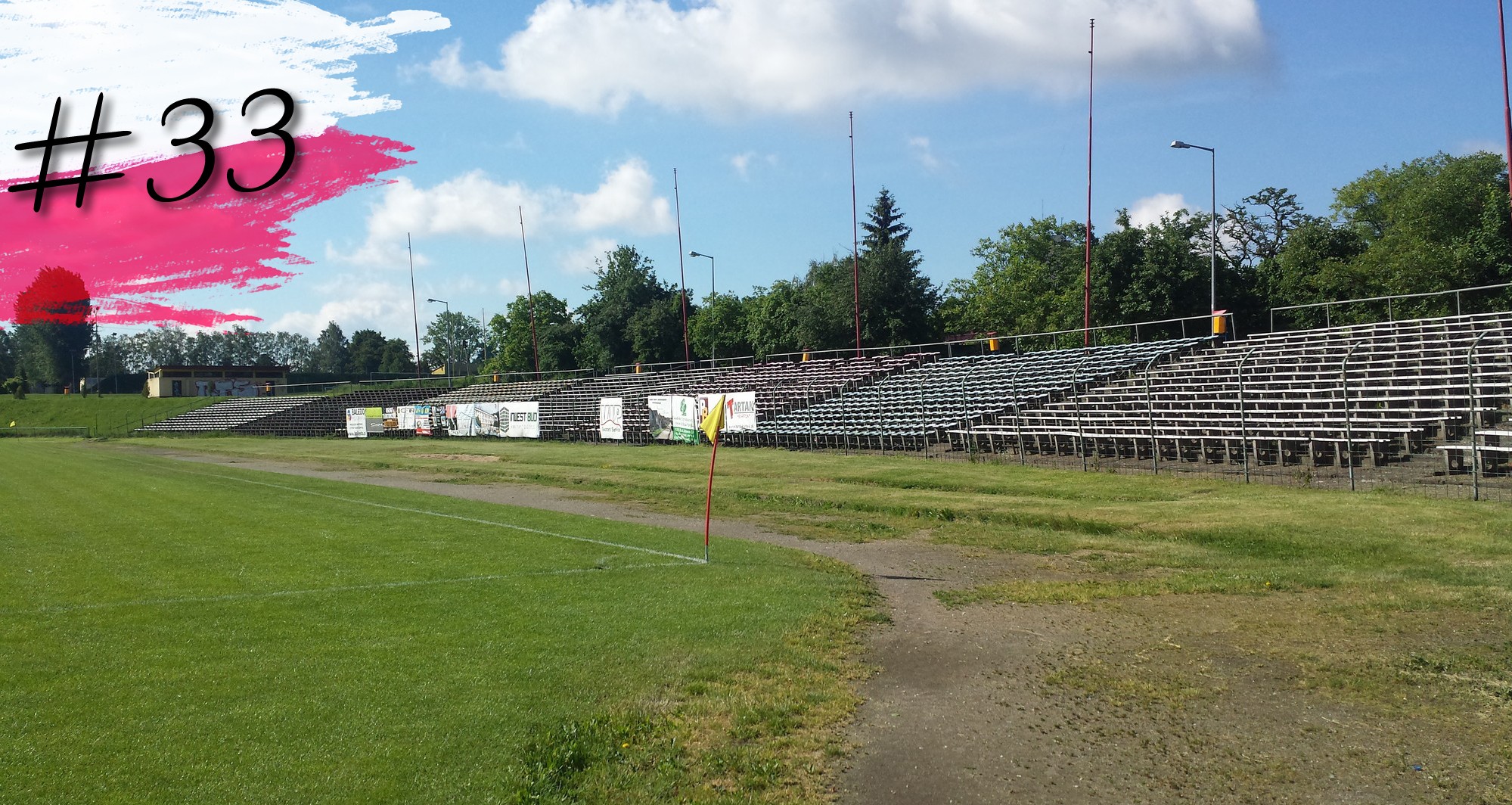
Established in 1933, local sports team shared the scale of most Polish clubs by establishing numerous sports sections, of which football was only one and not always the most important. In order to cope with growing demand, the stadium was created in 1936.
The stadium still offered a running track, archery range, shooting range and numerous facilities to accommodate athletes. With proper infrastructure, Zgierz soon earned some medalists.
Though built with crescent-shaped landfill terrace, the stadium now only has the west sections occupied with seating. The grandstand can hold up to 1,500 people, though only some of them seated.
#34 | Stadion Rzemieślnika, Pilzno (700)
The municipal stadium in Pilzno is located near the north access route to town, the Legions street. It offers one grandstand with 700 covered seats. All of the auditorium is elevated to give more room to athletes – both Rzemieślnik players and local youth teams – and offices of the football club.
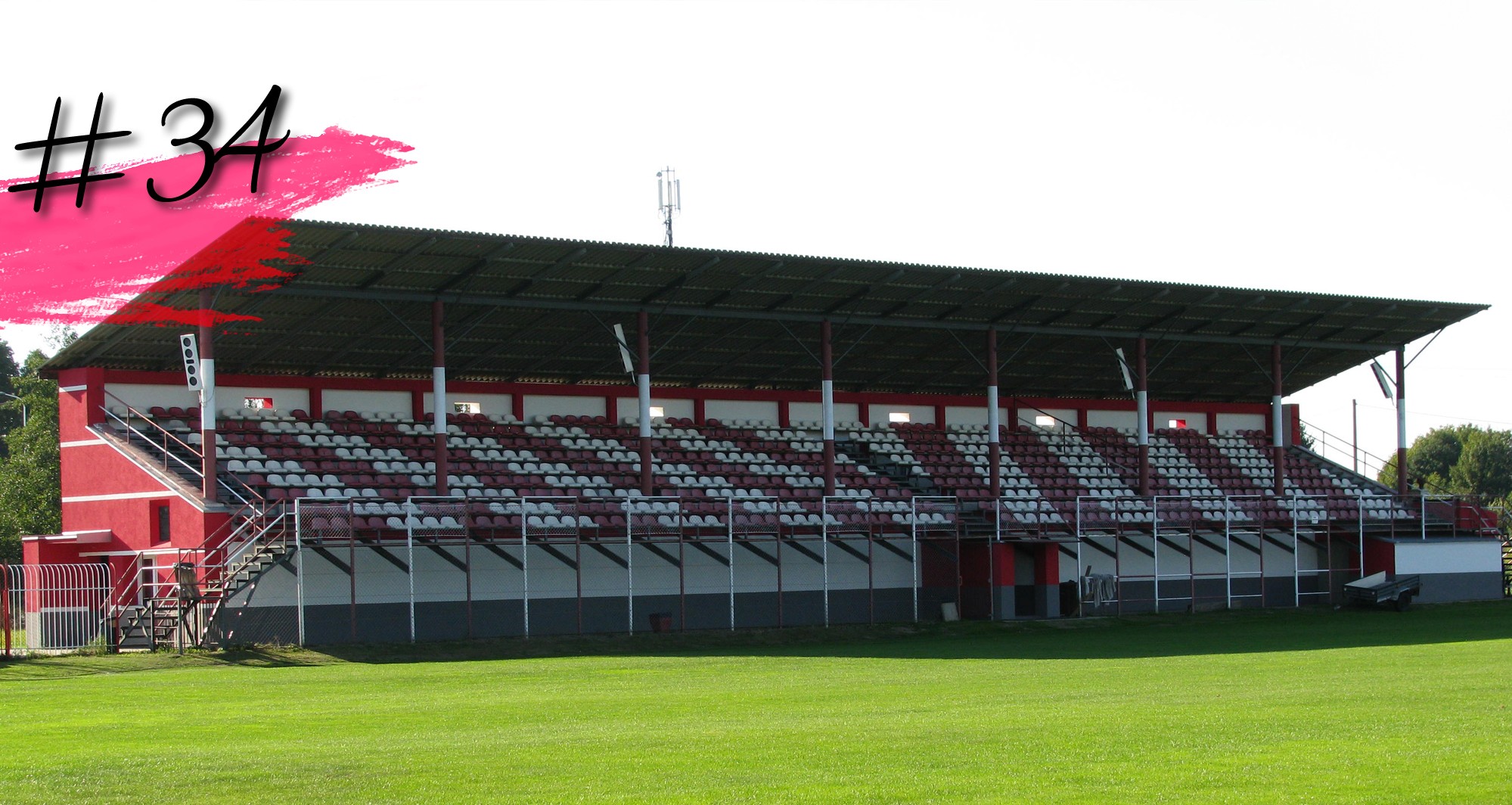
With the front row located over 2 meters above ground and close to the field, viewing conditions would have been very good. However, 8 pillars supporting the roof spoil it for many of the spectators.
The stadium underwent a major revamp in the summer of 2018, giving it a fresh look. Unfortunately, lack of the main sponsor's name on the wstern facade caused some controversy, because at the time the team's name was Rzemieślnik-Taurus.
One area still in dire need of investment is the away section of the stadium, currently a rotting pen behind the south goal.
#35 | Stadion Lublinianki, Lublin (440)
One of the oldest existing stadia in the entire Lublin region, this historical venue is located in the east of Wieniawa district. It's already the third football stadium to be used by Lublinianka, having replaced stadia located at Okopowa and Lipowa streets.
First plans for the stadium were created in late 1940's and the location wasn't incidental. During World War II the Nazis have razed local synagogue and Jewish cemetery and created a playing field, giving a starting point to the city ongoing post-war reconstruction.
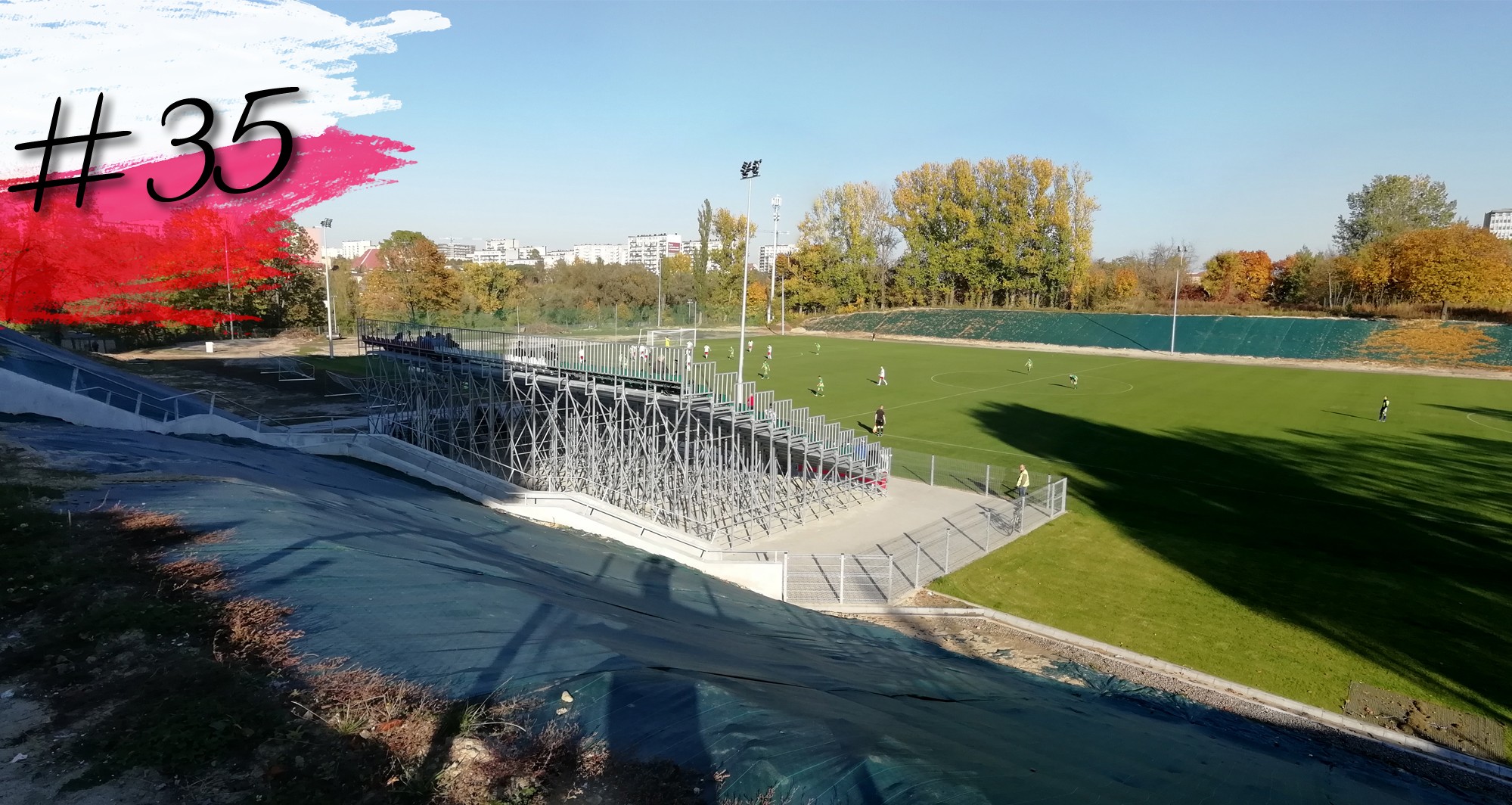
As was common in socialist republics, the construction was largely carried out as part of subbotnik, unpaid 'voluntary' work by locals, including secondary school students, soldiers and militia officers. The process took a few years and was ended with opening in 1951.
The resulting venue served purposes of second- and third-level football in the following years, as well as a major gathering place for non-sporting occasions. One of them was the public meeting with Lech Wałęsa in 1981. At that point the irregular horseshoe (north end open) was able to hold some 9,000 people.
Due to lack of resources in post-transformation years, the stadium quickly fell into dramatic disrepair, seeing the final games of Lublinianka in 1995/96. 5 years later the land was sold to a Norwegian investor wanting to build a shopping centre. However, the plans were scrapped eventually due to the remainders of cemetery below field level, which could have been desacrated. By 2010 the stadium has been taken over by MOSiR, the sport subsidiary of the municipality.
In 2017 thorough revamp began, though a very limited one and largely funded by supporters voting through Lublin's participatory budget. The old stands were removed and only a temporary grandstand was erected beside the field.
Advertisement
 StadiumDB
StadiumDB